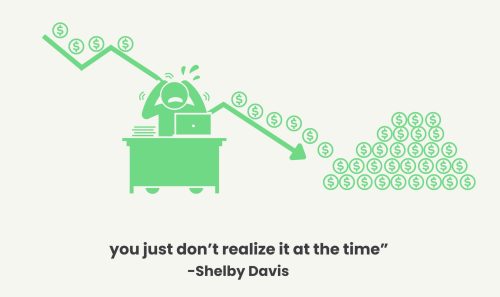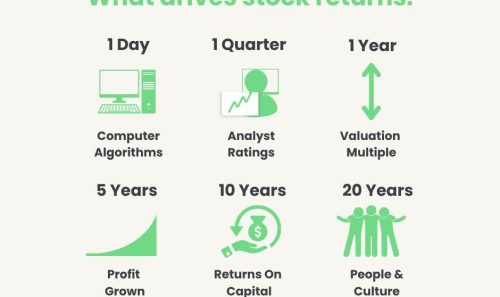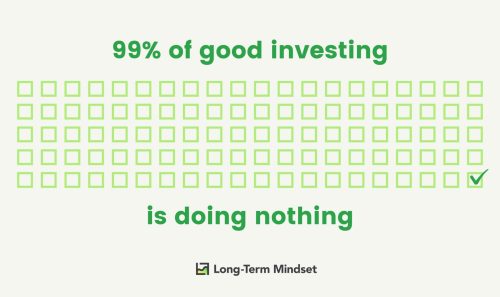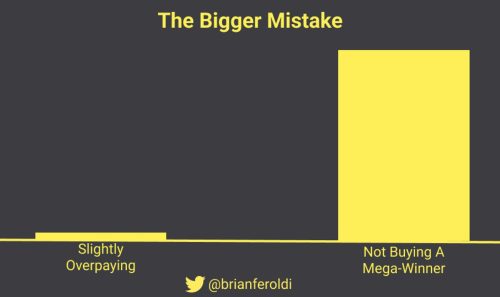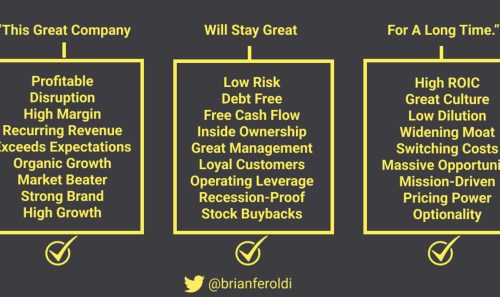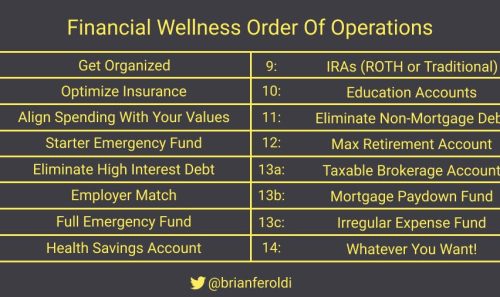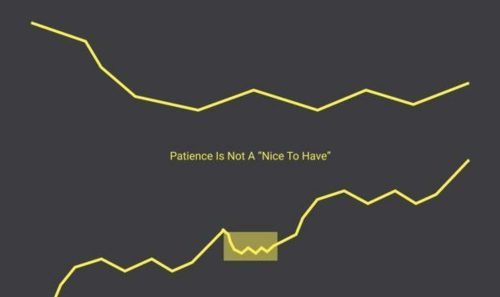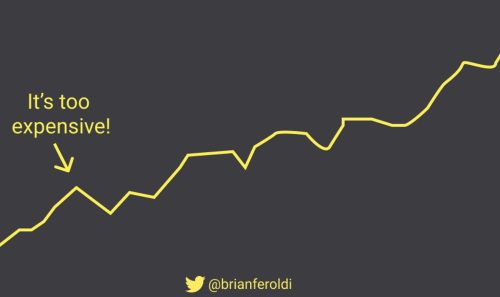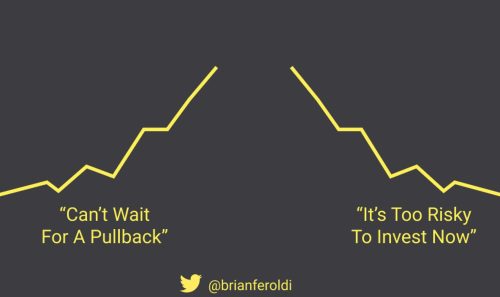🧠 The Surprising Truth Behind Investing Success
View Online | Sign Up | Advertise
Welcome to Long-Term Mindset, the Wednesday newsletter that helps you invest better in less than 3 minutes per week.
Today’s Issue Read Time: <3 minutes
- Lesson: Catching lightning in a bottle
- Timeless Content: Stock Investing by JL Collins
- Resource: The Value of Dividends
- Thread: Key Lessons from Billionaires
- And more!
Together with Finchat:
|
|
I (Feroldi here) am a huge fan of visuals. A good chart can relay information 10x faster than numbers or text alone. That’s why I’ve recently become a power user of Finchat.
Finchat is a powerful tool that makes it easy to chart hundreds of business metrics with just a few clicks. This includes valuation metrics, financial metrics, analyst estimates, and even custom company KPIs like unit volumes, same-store sales, or even dollar-based net retention.
Finchat also allows you to take advantage of cutting-edge AI, drastically speeding up my research process. Finchat is free to try, but the site is so useful that I happily pay for its premium features.
Want to try it? Use this link to sign up and knock 25% off the annual price.
| Try Finchat Today! |
Friends,
On September 20, 1992, quarterback Don Majikowski of the Green Bay Packers tore his ankle ligament during a game against the Cincinnati Bengals.
A 22-year old name Brett Favre came on to replace him.
For the next 30 years, only one other person would start at the position on opening day (Aaron Rodgers). During that time, the duo would take home 7 MVP trophies combined.
With both flagship QBs gone for the first time in decades — and fans clamoring for a return to glory — the local papers recently dug into the numbers to see if the team’s general manager (GM) was doing a good job at drafting young talent.
What they found was surprising to many:
We think that’s a perfect analogy for investing as well.
When analyzing a portfolio, it’s natural to focus on the losers. Losers usually vastly outnumber winners. Loss aversion bias causes us to feel the pain of those losses twice as intensely as the pleasure we get from our winners.
Yet, that’s not how stock investing works. Minimizing losses doesn’t drive outperformance. The gains from a few mega-winners do.
Benjamin Graham is the father of value investing — returning 20% annually for 20 years. But a little-known fact is that the lion’s share of those returns came from a single investment: GEICO.
A similar story can be told about Graham’s protege — Warren Buffett. Buffett’s outperformance is owed mainly to investments in a handful of mega-winners like Coca-Cola, American Express, See’s Candy, and Apple.
The key: It’s okay if not every pick is a runaway winner. That doesn’t matter. What matters is that you occasionally catch lightning in a bottle. And, of vital importance, when you do, that you hold on for dear life.
That’s what the Packers did with Favre and Rodgers; it’s what Graham did with GEICO; and what Buffett did with Coca-Cola.
And chances are, even though your list of mega-winners might be small, they’ll provide all the returns you’ll ever need.
Wishing you investing success,
– Brian Feroldi, Brian Stoffel, & Brian Withers
P.S. Stoffel recently revealed his top 10 holdings on our YouTube channel. We publish investing content there regularly, especially during earnings season. Subscribe to it by clicking here.
One Simple Graphic:
|
|
One Piece of Timeless Content:
JL Collins, author of The Simple Path to Wealth, has published nearly all of his investing content on his “Stock Investing Series” on his website. We especially like this quote from his first post “Oh, and that major market crash that’s coming? Don’t worry. I’m also going to tell you why it doesn’t matter.”
One Thread:
|
One Resource:
“Over the past 87 years, dividends have accounted for over 40% of the total return for the S&P 500 Index.” Thornburg Investment Management published The Value Of Dividends in Retirement, explaining why investors shouldn’t overlook the power of dividends in their portfolio–especially as they near retirement.
One Quote:
|
|
More From Us:
📗 If you’ve read Brian Feroldi’s book, he’d love a review.
👨🎓 The next cohort of our Advanced Financial Statment Analysis course starts in March! Click here to get on the list to find out more.


